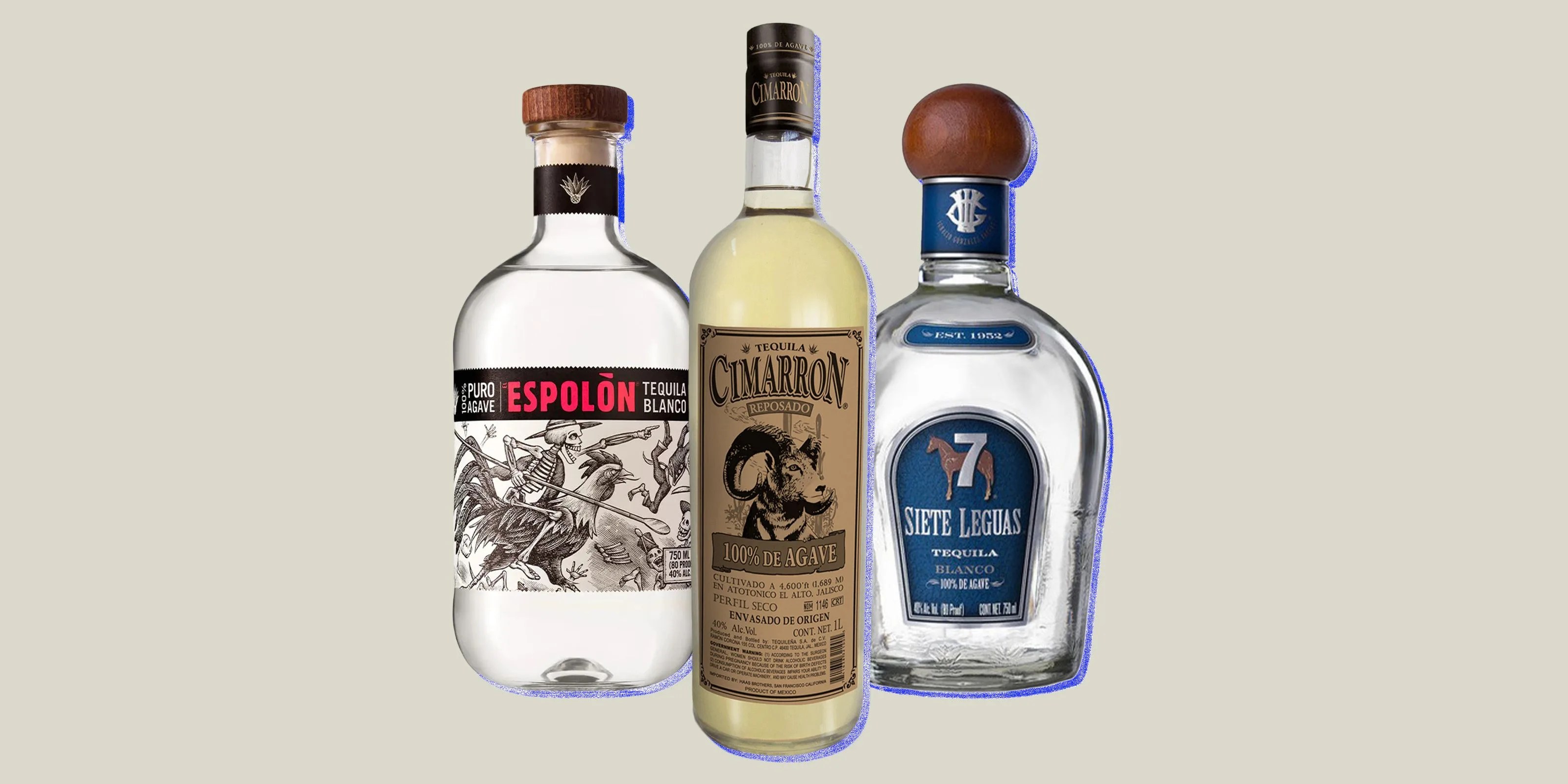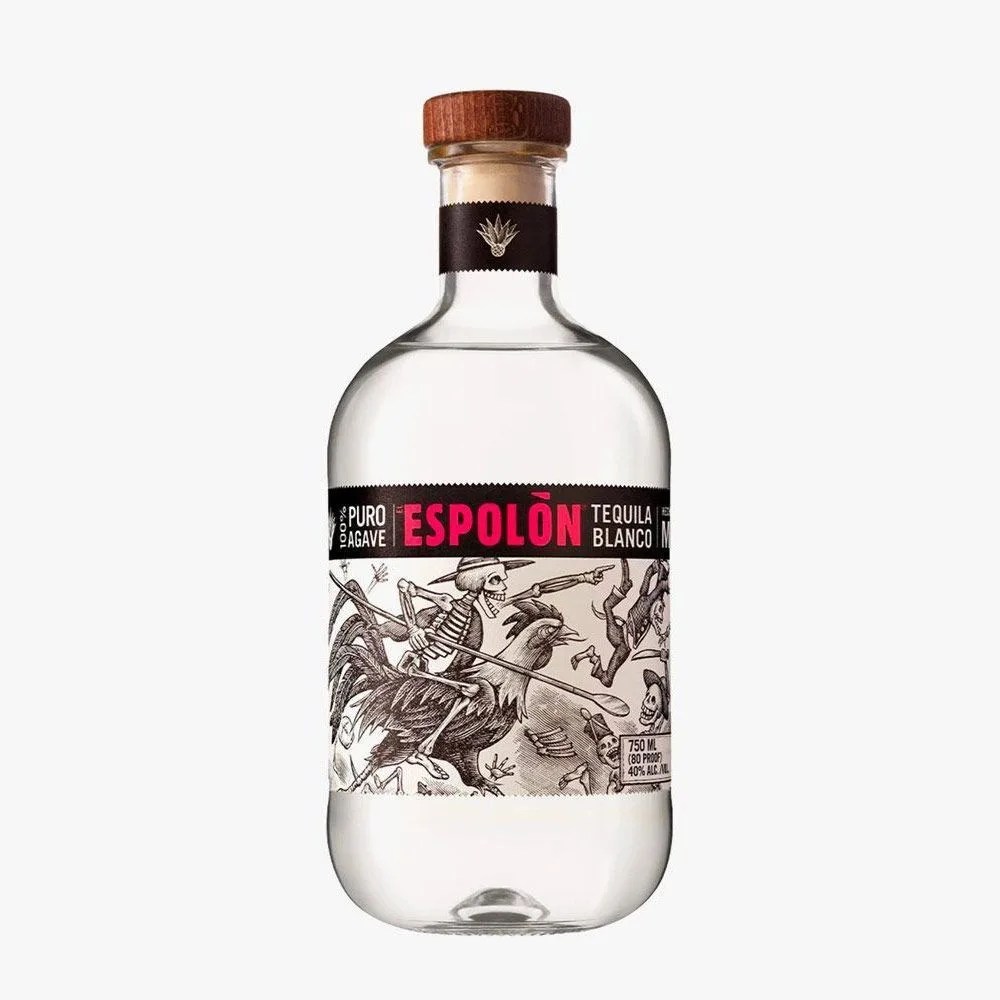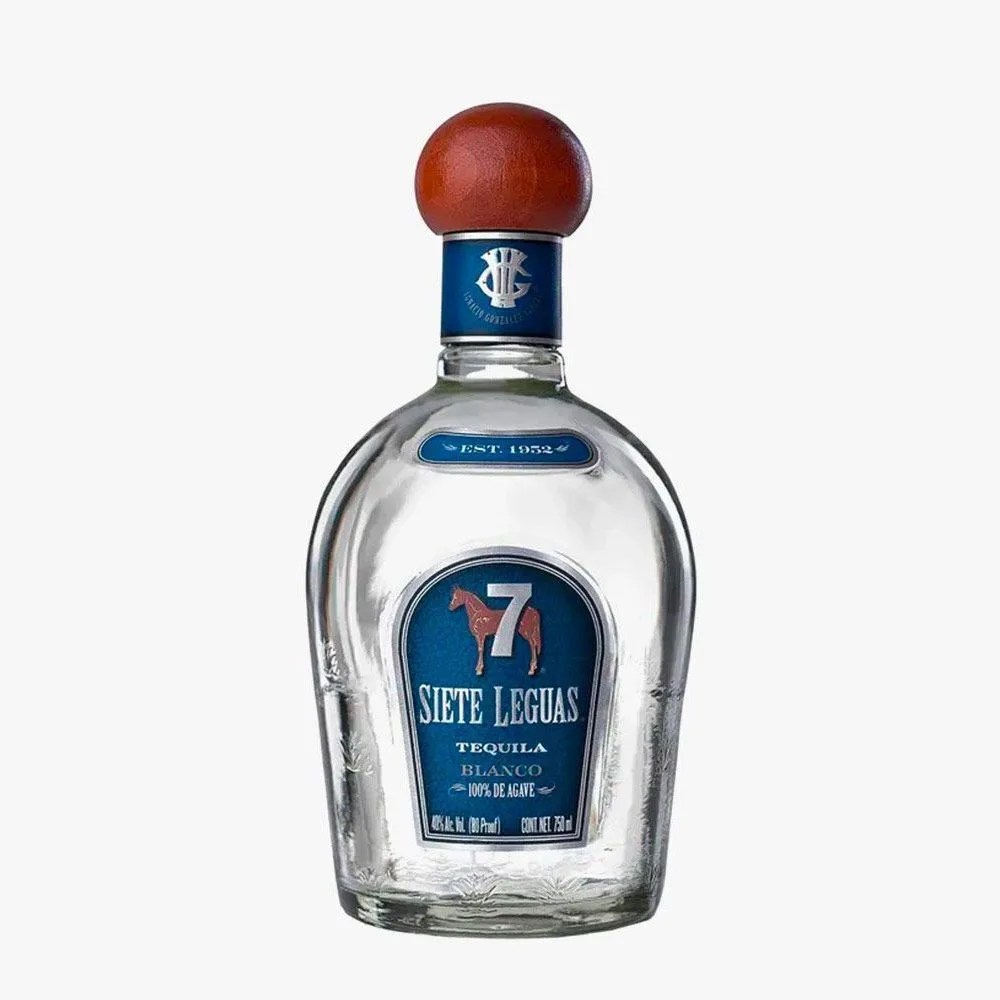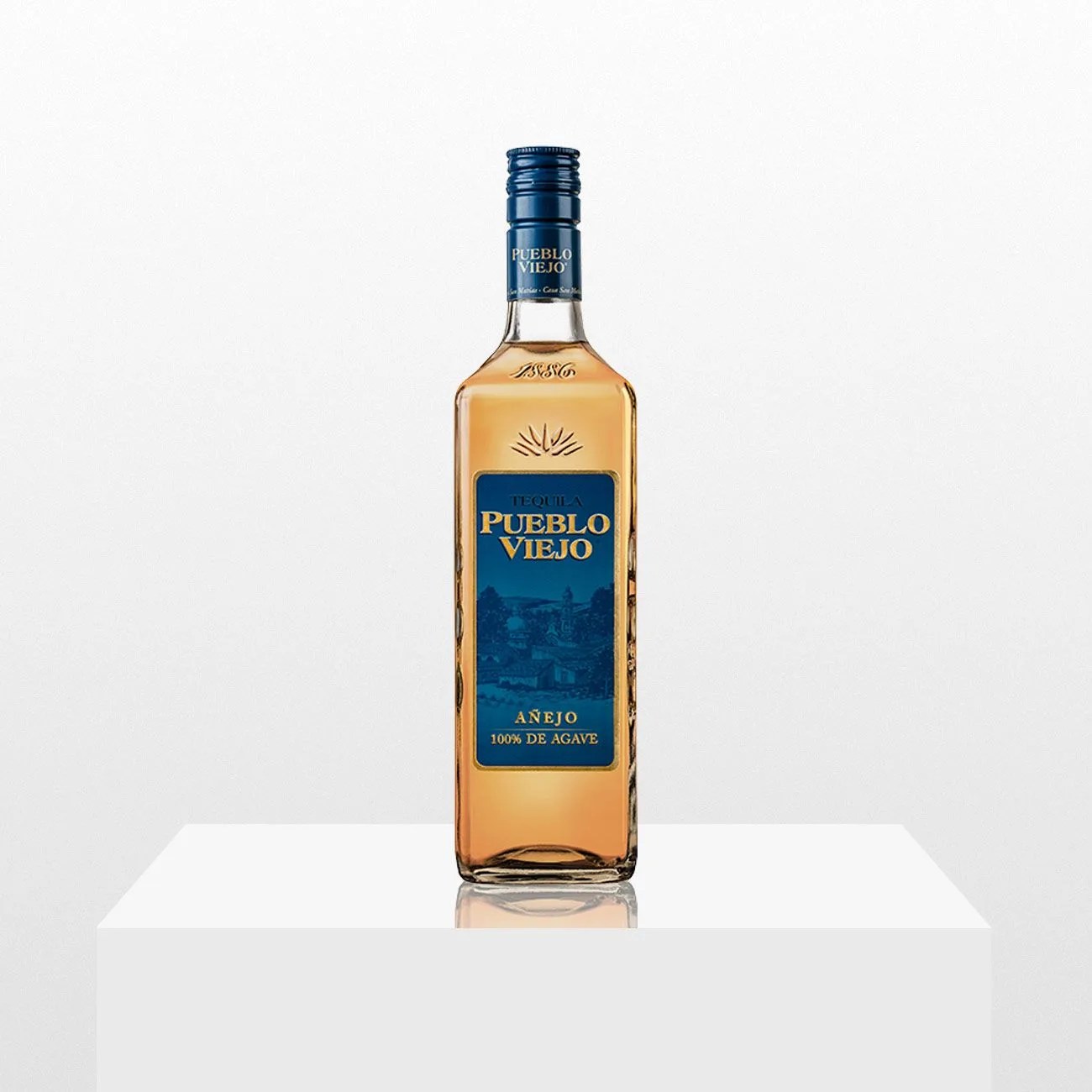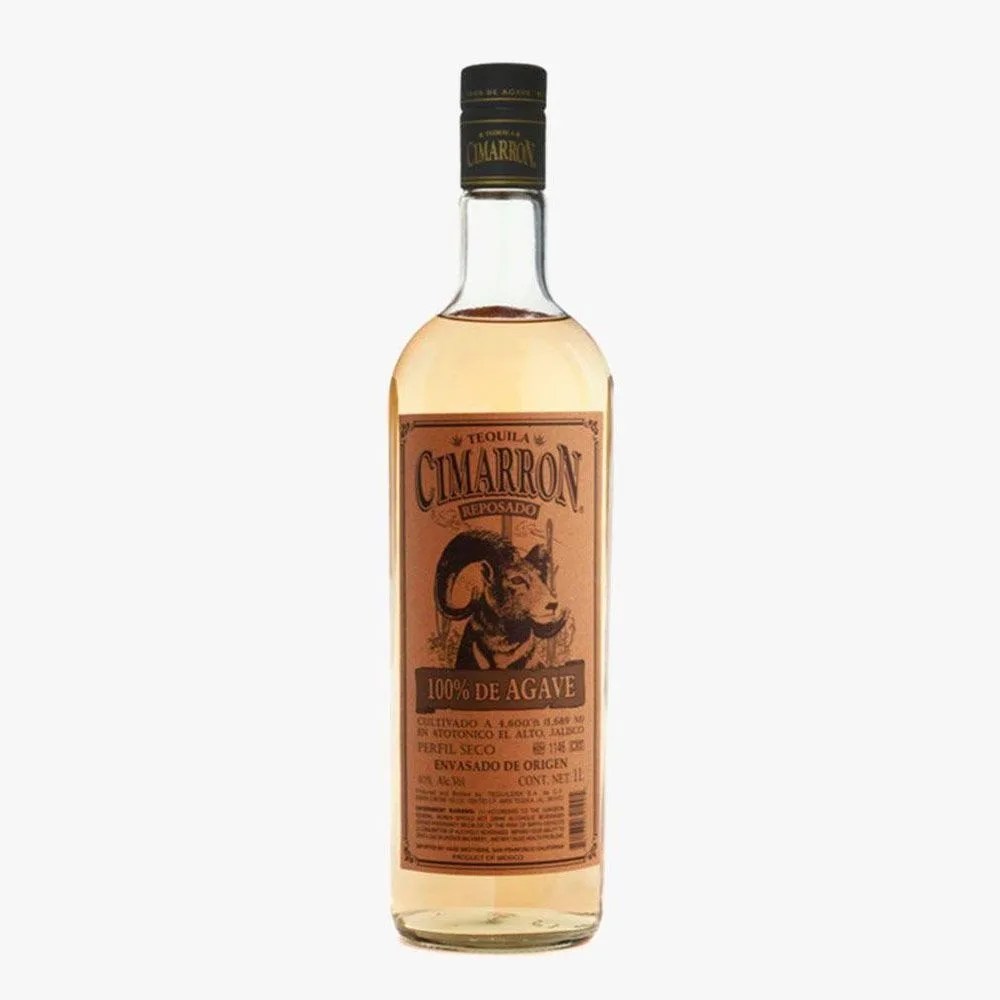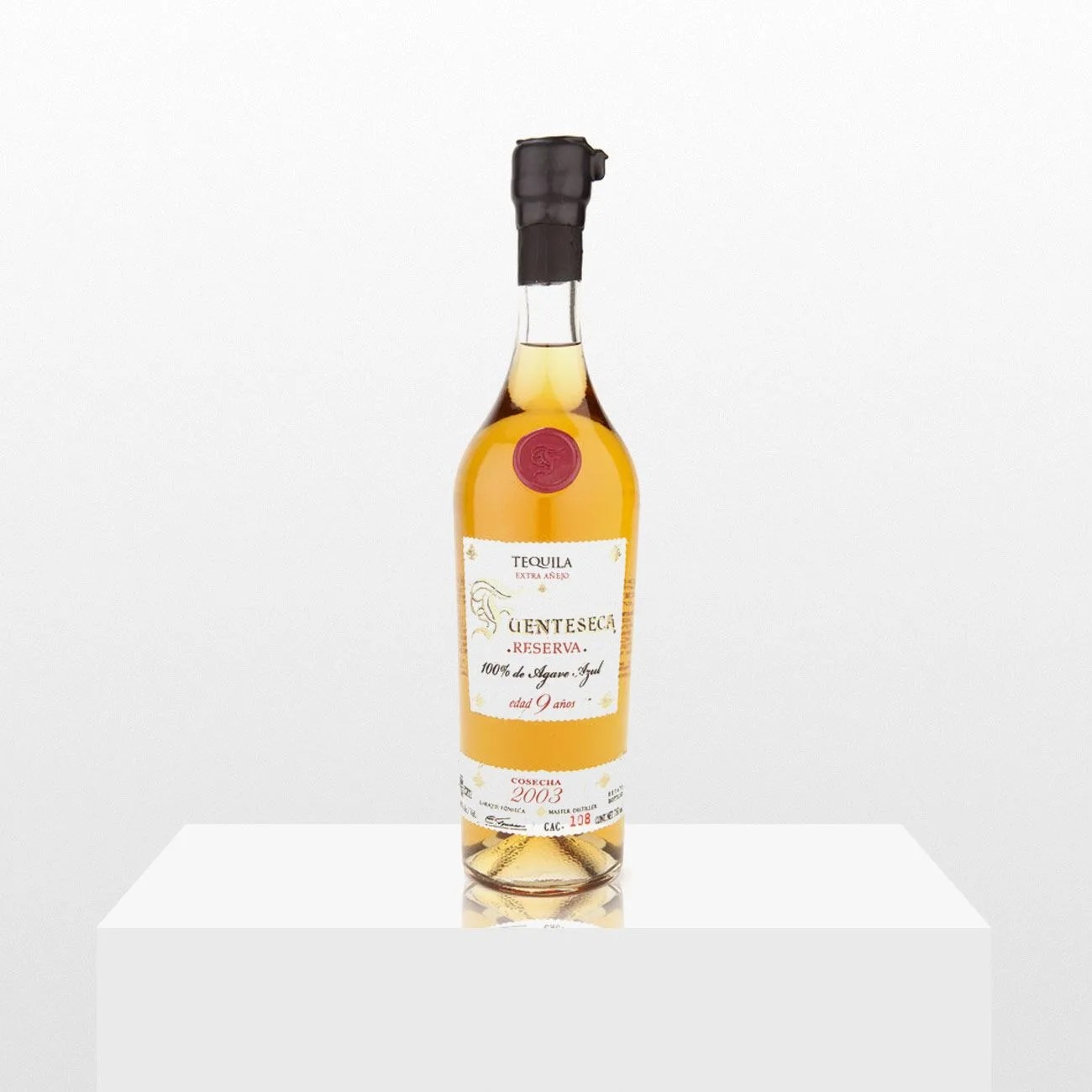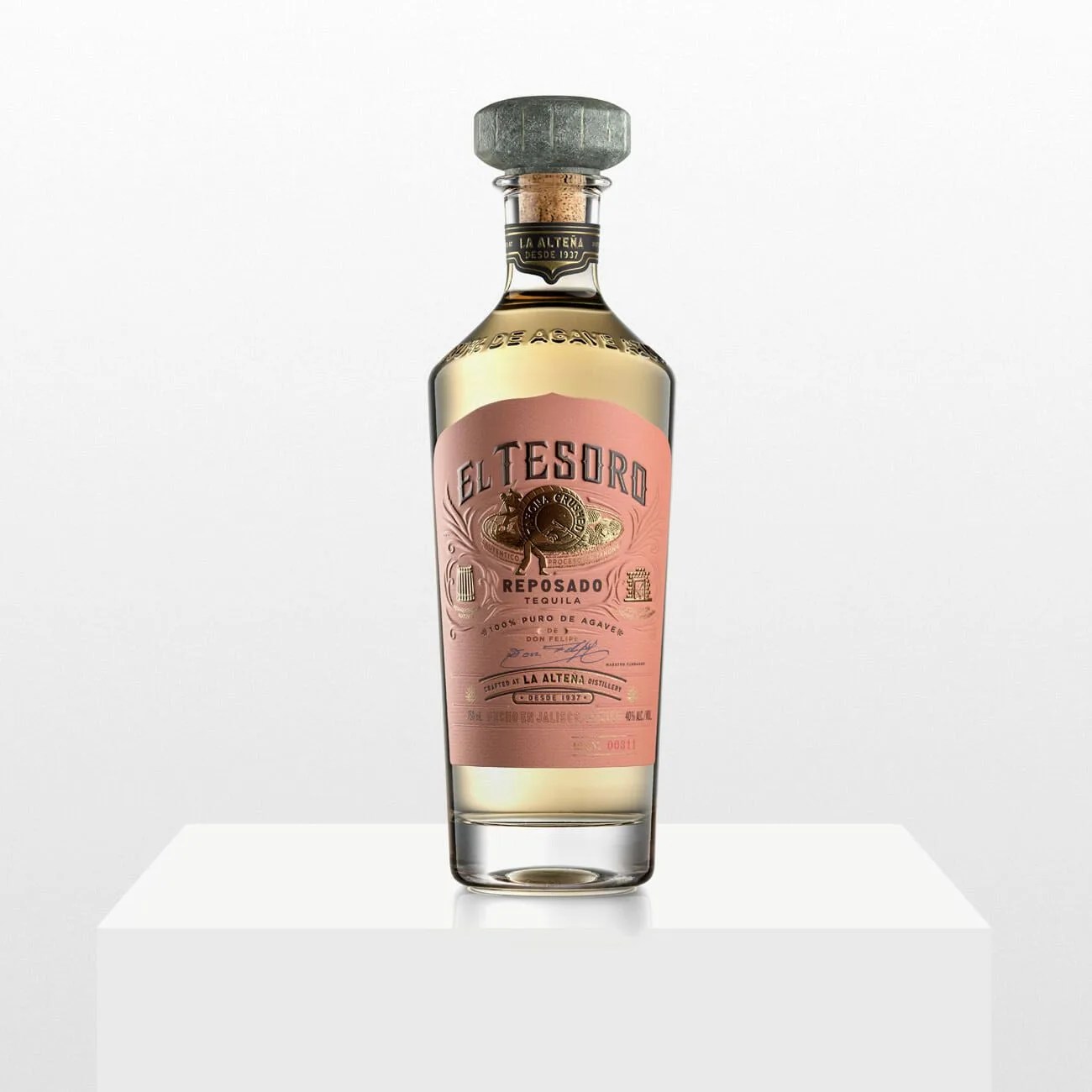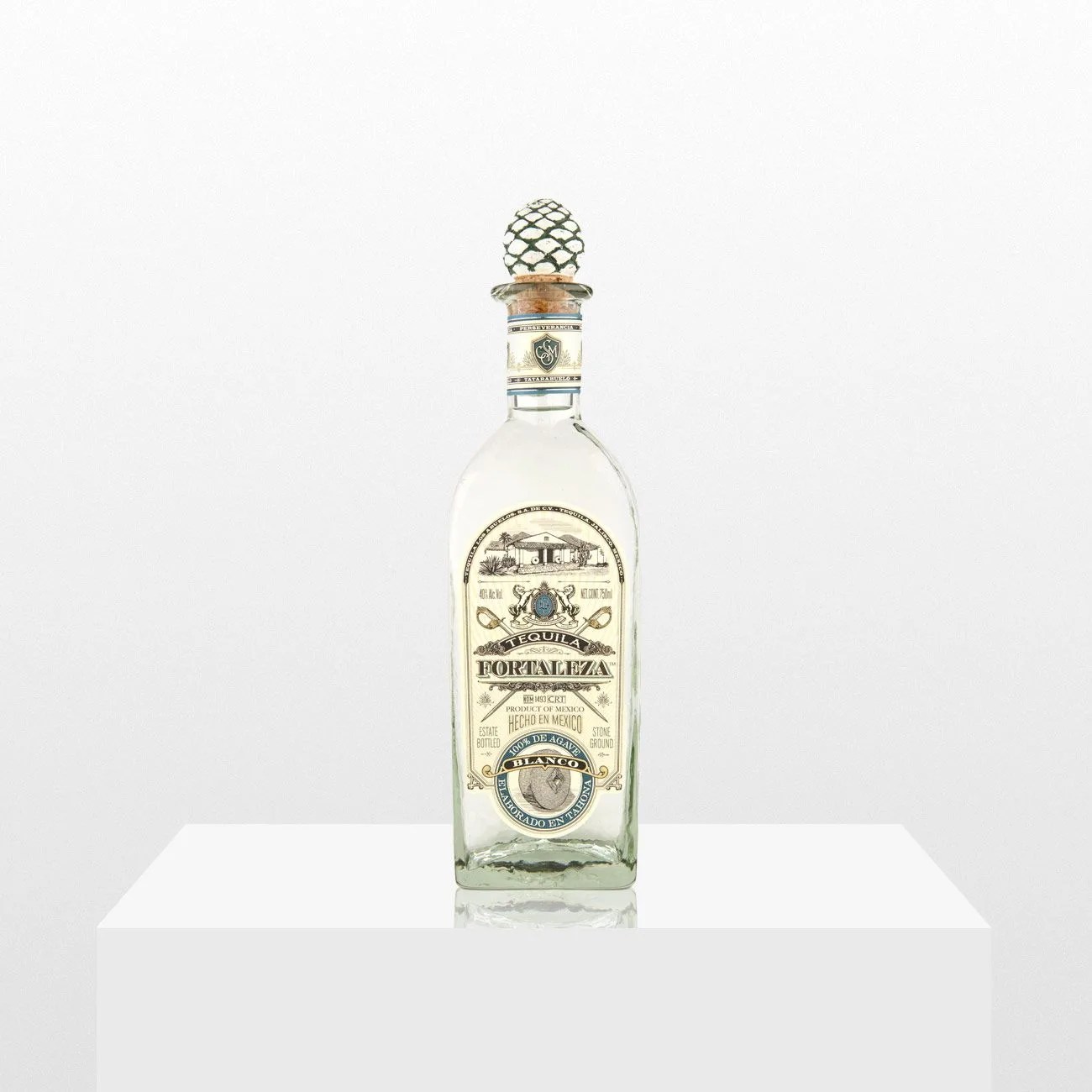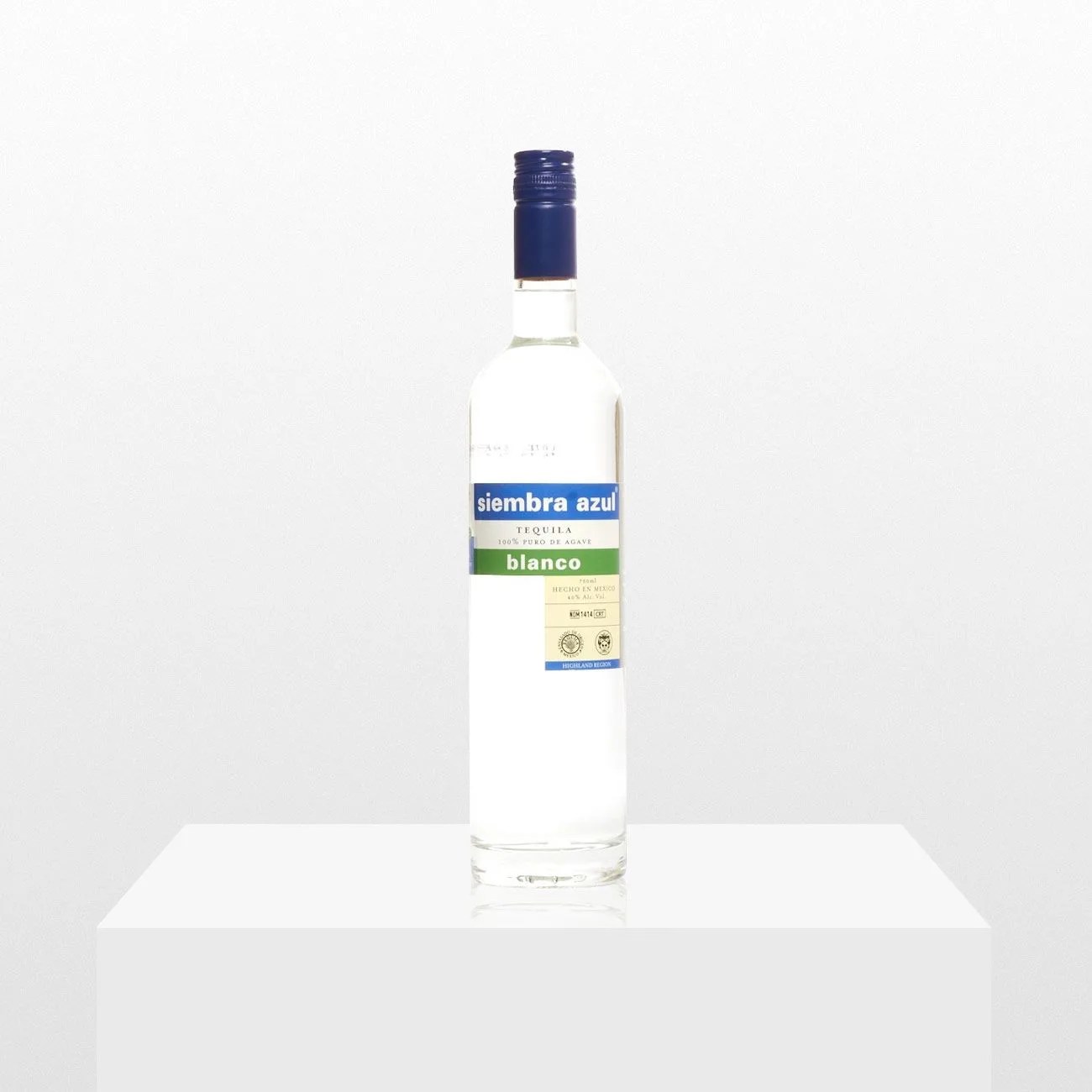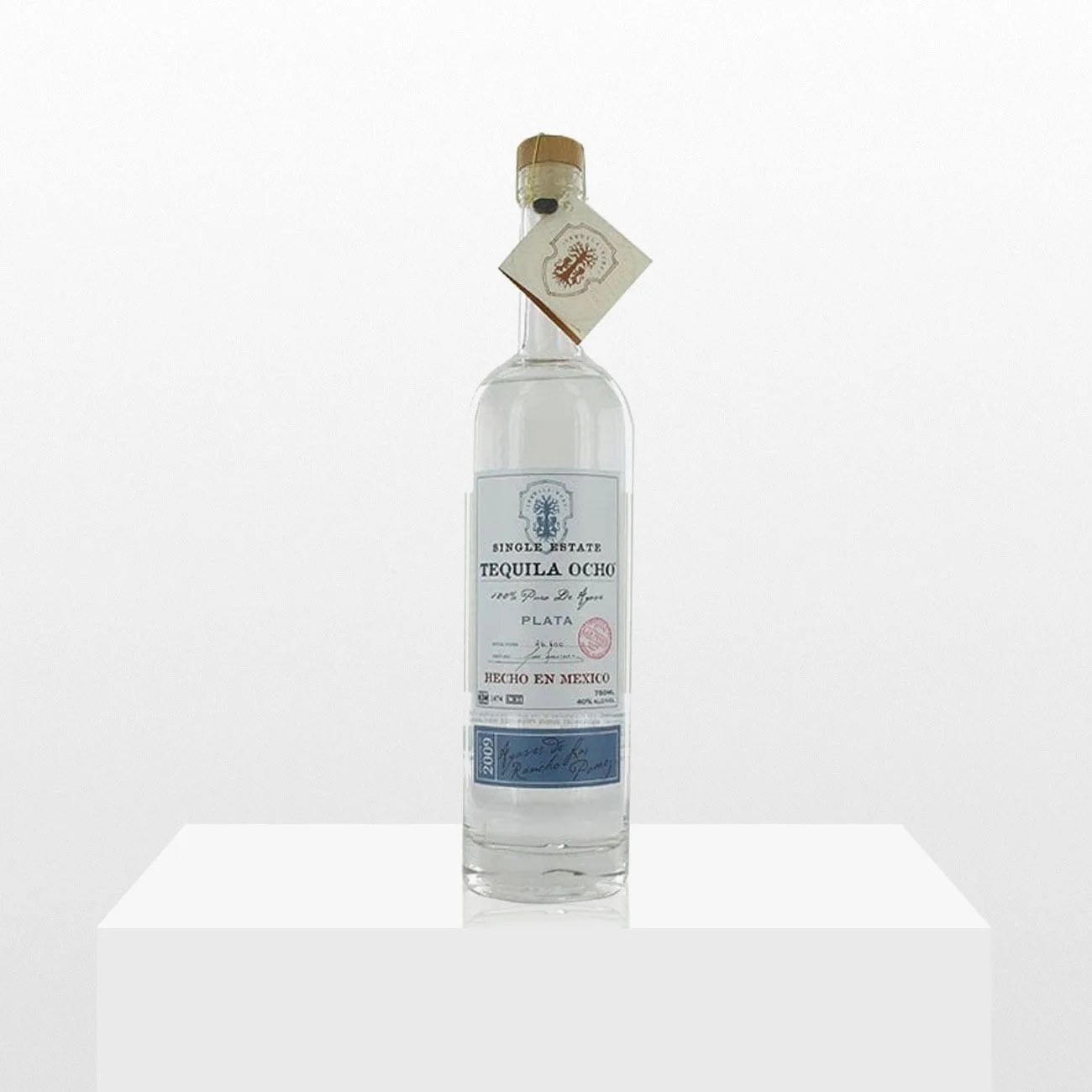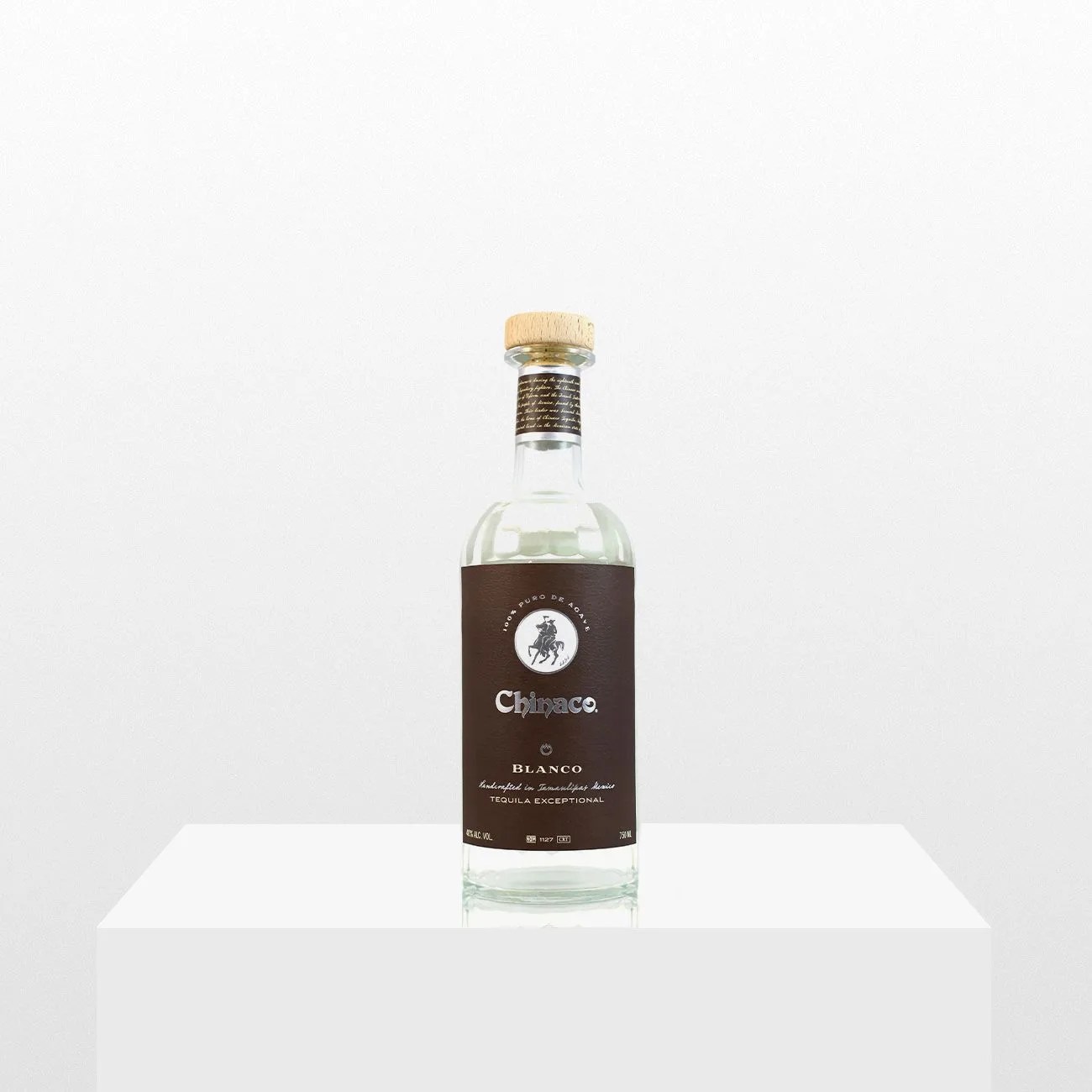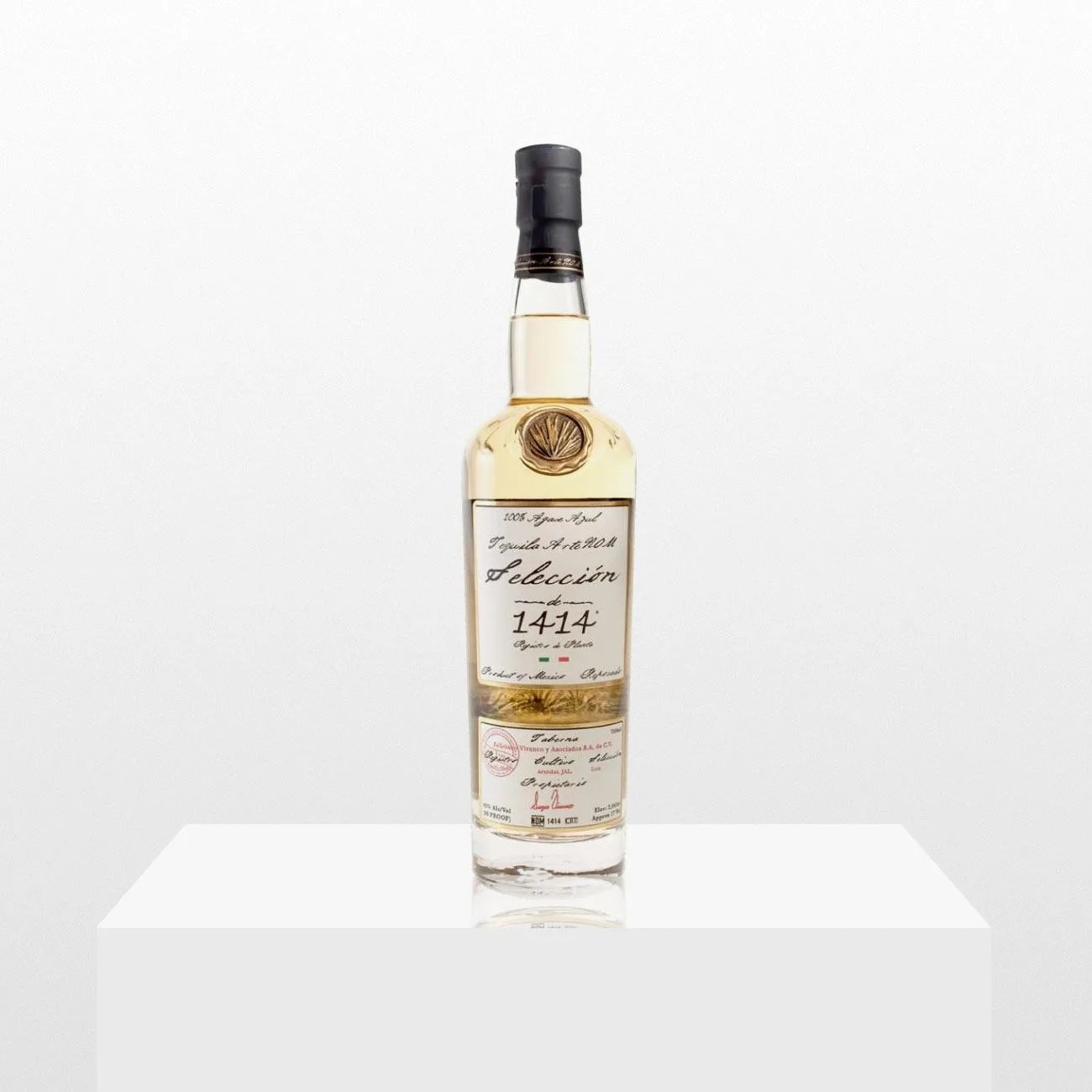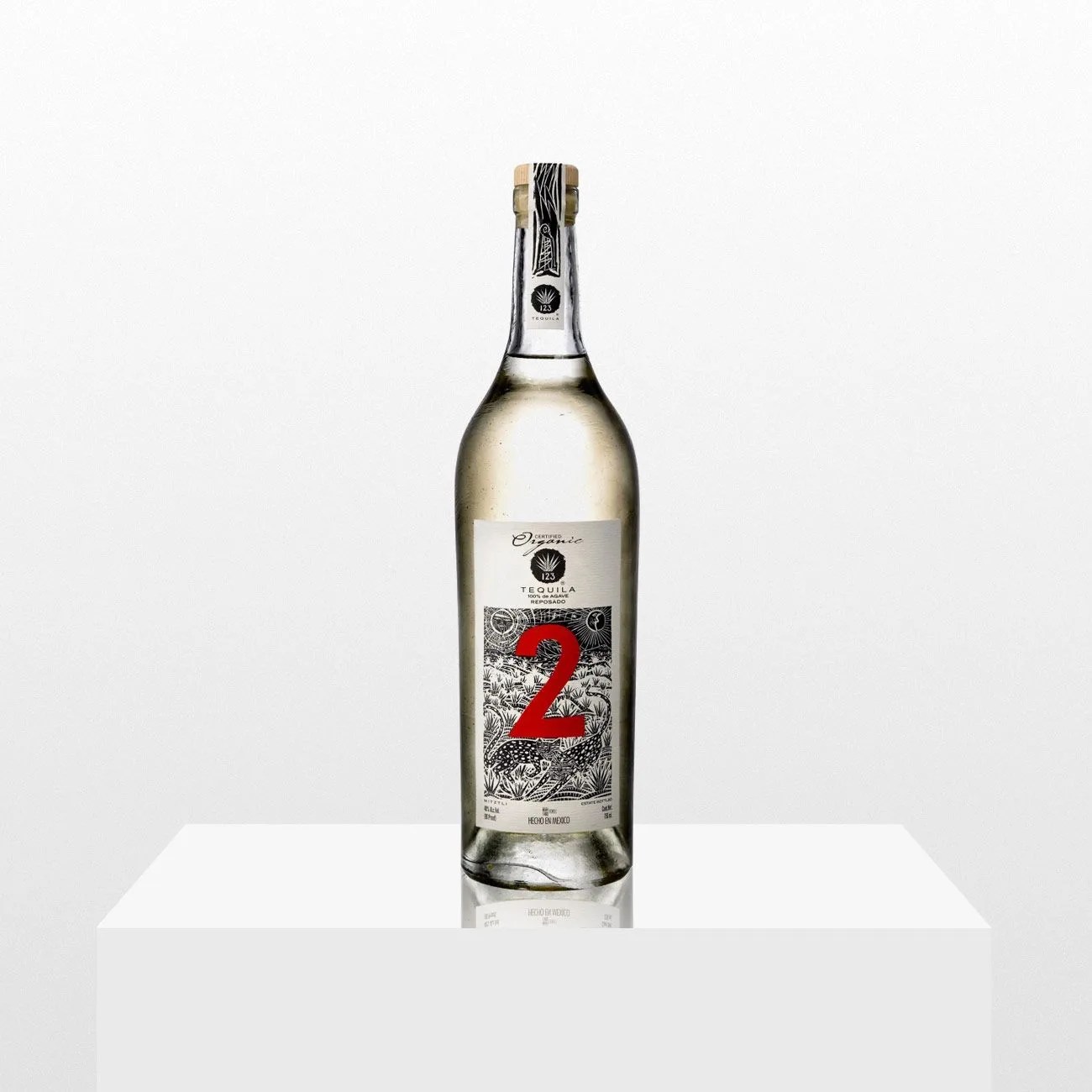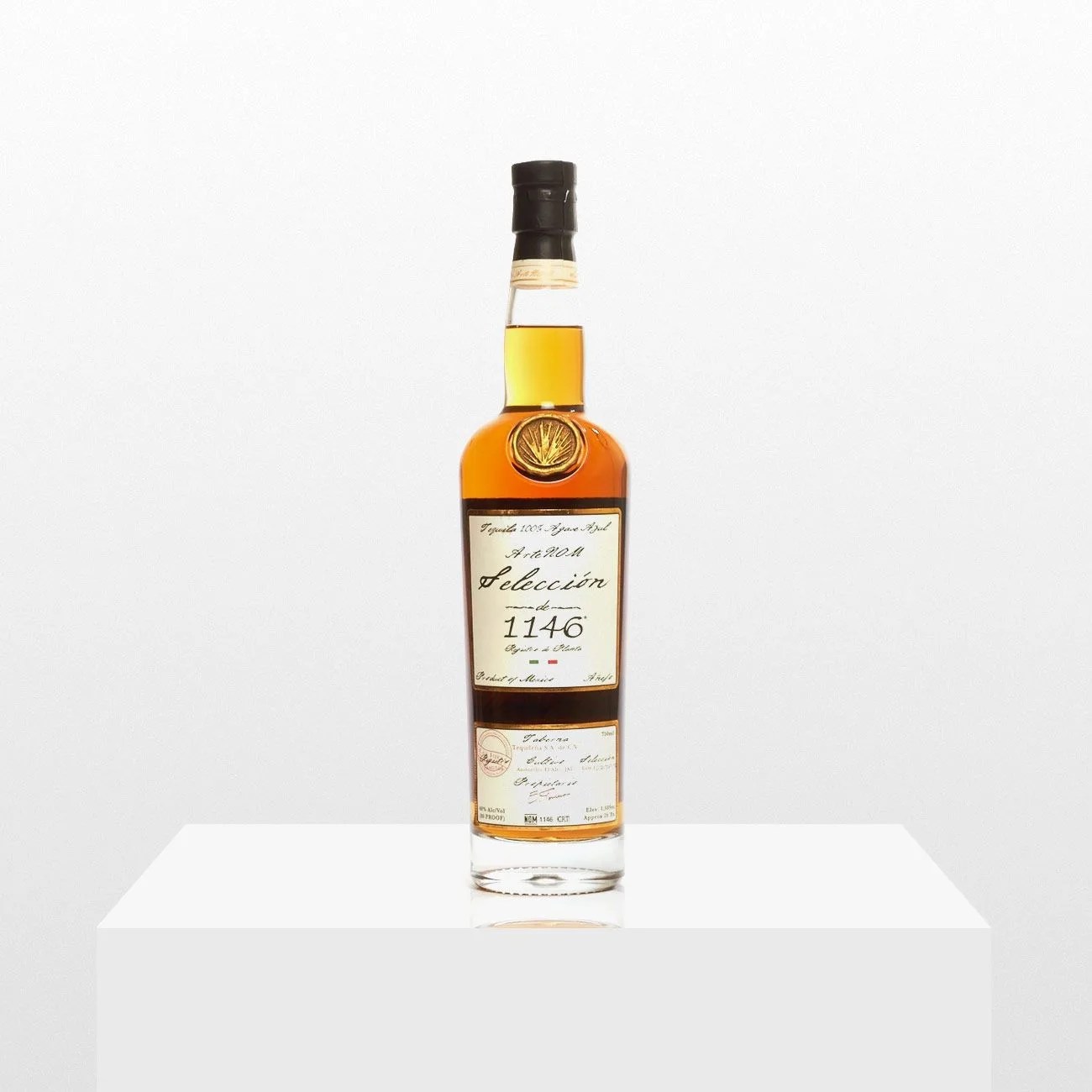There is perhaps no spirit as villainized or misused as tequila. In America, it’s all about getting trashed; glugging with cheap margarita mix; doing shots that are so unpalatable you need to assault your own tongue with salt and acidic lime; toeing the line between lit up and throwing up. At least absinthe gets to be the bad boy.
Incredibly, that’s just the tip of the iceberg for tequila’s problems. Seven out of every ten bottles are exported out of Mexico, and 80 percent of those end up in the States. Our drinking culture, with its collegiate attitude toward the spirit, has reflected back on the way the spirit is now made, and its place in Mexican culture.
“Americans did fundamentally change the industry in Mexico,” says Chantal Martineau, a spirits writer and the author of How the Gringos Stole Tequila: The Modern Age of Mexico’s Most Traditional Spirit. “By the time official laws defined tequila in the 1970s” — it must be made using at least 51 percent blue weber agave, and only in five regions of Mexico — “the spirit had already gained popularity in the U.S., to the point where producers in Mexico were having trouble keeping up with demand. They had to change how they made the spirit, which modernized and mechanized it,” Martineau says.
And so the bar for tequila (which is actually part of the mezcal family) was lowered. We became consumers, largely, of what’s known as mixto — tequila made using only 51 percent agave and 49 percent non-agave sugars, usually cane sugars. If we broke tequila, however, we can also fix it. Made with 100 percent agave, our picks are affordable, expensive, subtle, aromatic and everything in between.
Products in the Guide
-
Espolòn Blanco
Best Overall Tequila
Read more -
Siete Leguas Blanco
Best Upgrade Tequila
Read more -
Pueblo Viejo
Best Affordable Tequila
Read more -
Cimarron Reposado
Best Tequila for Margaritas
Read more -
ArteNOM Fuenteseca Extra Añejo
Best Sipping Tequila
Read more -
El Tesoro Reposado
Best Tequila for Bourbon Drinkers
Read more -
Fortaleza Blanco
Read more -
Siembra Azul Blanco Tequila
Read more -
Tequila Ocho “La Magueyera”
Read more -
Chinaco Blanco
Read more -
ArteNOM Reposado 1414
Read more -
123 Organic Reposado (Dos)
Read more -
ArteNOM Seleccion 1146 Añejo
Read more -
Tapatio Añejo
Read more
What Is Tequila?
Tequila is a type of distilled alcoholic spirit — like whiskey, rum and vodka — that is made from the cooked and fermented juice of the blue agave plant, a succulent native to Mexico. Like certain other spirits, such as bourbon and Scotch, there are laws dictating what can be qualified as tequila. The Mexican government stipulates that tequila must be produced in one of five Mexican states: Guanajuanto, Michoacan, Nayarit, Jalisco and Tamaulipas, with the vast majority originating in Jalisco, home to the town of Tequila. This is known as the Denomination of Origin Tequila, and it’s observed by over 40 countries, including the US.
The Mexican government also stipulates that the spirit be made from at least 51 percent blue agave (similar to bourbon’s 51% corn requirement) and be aged for at least two weeks. The US Government adds a minimum ABV requirement of 40 percent for tequila sold in the country, which is identical to bourbon’s minimum ABV. In Mexico, the spirit can be sold at ABVs between 33 and 55 percent.
